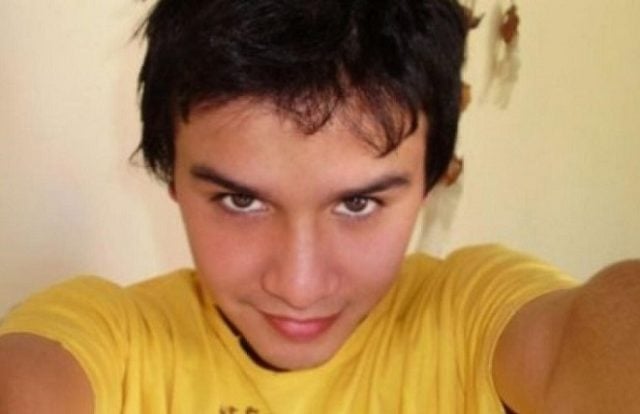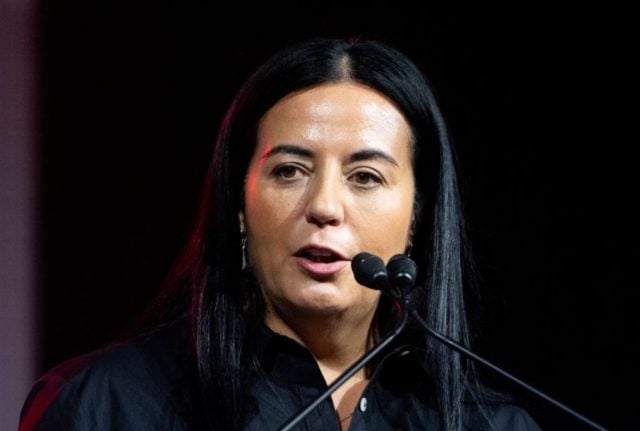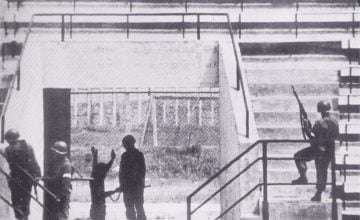Original article: Memorial de la Diversidad otra vez atacado: colectivo que quema banderas del Movilh daña retrato de Daniel Zamudio
The Diversity Memorial dedicated to Daniel Zamudio Vera, located in the General Cemetery, has faced yet another act of vandalism.
The culprits behind this defacement are believed to be members of «Mada Dignidad,» a group that publicly promotes the burning of flags belonging to the Movement for the Integration and Liberation of Homosexuals (Movilh) on social media.
According to reports from the organization, this group placed posters at the Diversity Memorial using an adhesive that caused severe damage, including to the portrait of Daniel Zamudio.
The Movilh has stated that such actions have been on the rise throughout this year.
“Last March, the Movilh completed an extensive and costly restoration of the Memorial after years of efforts to raise funds to recover this space of memory and reflection, where Daniel Zamudio’s remains rest and where we honor all victims of homo/transphobia in Chile,” the organization recalled.
«It took years to secure the funds necessary for the restoration of the Memorial,» they emphasized, noting that all of this effort has been sabotaged by «a group that installs and affixes posters without permission, using adhesives that damage a historic site for the LGBTIQ+ community.»
The Movement indicated that this year they have had to remove various unauthorized posters multiple times, but they specified that in this case, the damage was much more significant, “since the adhesives used affected the columns and the portrait of Daniel Zamudio located above his grave.”
“We have been able to partially recover the portrait, but the situation with the columns and walls has been very complex,” they stated in a release published on their website.
The Movilh made it clear that “this is not just an act of vandalism,” defining the assault as “an attack on historical memory and the symbols of the LGBTIQ+ dignity movement.”
“The memory of Daniel and all the victims of discrimination we commemorate in this place has been disrespected. This is the same group that has shared photos of the Movilh flag being burned on their social media, following attacks during Pride marches,” they added, according to the organization.
The organization further indicated that this attack “not only constitutes a material damage, but also an ethical and moral affront against a site declared as a place of memory, created to educate about respect and human rights.”
“It is particularly painful that those who claim to fight for dignity have acted with such disregard towards one of the most significant spaces in our history. Honoring the victims of homo/transphobia does not justify vandalizing and damaging memorial sites,” they emphasized.
The cemetery has reported the incidents to the police and, along with the Movilh, is considering legal actions for the partial destruction of the Memorial.

Daniel Zamudio: A Victim of Homophobia in Chile
Daniel Mauricio Zamudio Vera was born in Santiago on August 3, 1987, and was brutally murdered on March 27, 2012, at the young age of 24.
Daniel became a symbol of the fight against homophobic violence after being attacked and tortured by a group of young people who beat him for several hours in San Borja Park, Santiago, resulting in injuries that ultimately took his life weeks later.
The attack on Zamudio, carried out on March 2, 2012, by four individuals accused of belonging to a neo-Nazi group, shocked the nation and sparked debate about homophobia in the country, highlighting the absence of an anti-discrimination law for such crimes, which was finally enacted after years of legislative processing.










